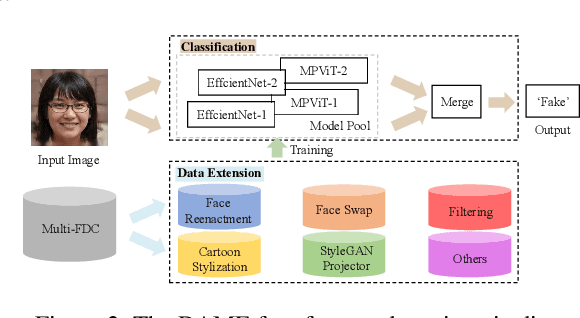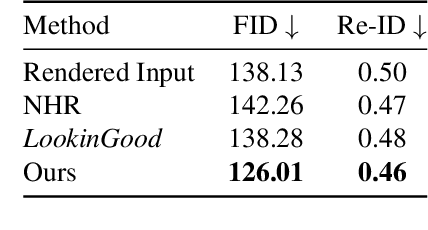Kewei Yang
Disentangled Representation via Variational AutoEncoder for Continuous Treatment Effect Estimation
Jun 04, 2024Abstract:Continuous treatment effect estimation holds significant practical importance across various decision-making and assessment domains, such as healthcare and the military. However, current methods for estimating dose-response curves hinge on balancing the entire representation by treating all covariates as confounding variables. Although various approaches disentangle covariates into different factors for treatment effect estimation, they are confined to binary treatment settings. Moreover, observational data are often tainted with non-causal noise information that is imperceptible to the human. Hence, in this paper, we propose a novel Dose-Response curve estimator via Variational AutoEncoder (DRVAE) disentangled covariates representation. Our model is dedicated to disentangling covariates into instrumental factors, confounding factors, adjustment factors, and external noise factors, thereby facilitating the estimation of treatment effects under continuous treatment settings by balancing the disentangled confounding factors. Extensive results on synthetic and semi-synthetic datasets demonstrate that our model outperforms the current state-of-the-art methods.
Multi-Forgery Detection Challenge 2022: Push the Frontier of Unconstrained and Diverse Forgery Detection
Jul 27, 2022



Abstract:In this paper, we present the Multi-Forgery Detection Challenge held concurrently with the IEEE Computer Society Workshop on Biometrics at CVPR 2022. Our Multi-Forgery Detection Challenge aims to detect automatic image manipulations including but not limited to image editing, image synthesis, image generation, image photoshop, etc. Our challenge has attracted 674 teams from all over the world, with about 2000 valid result submission counts. We invited the Top 10 teams to present their solutions to the challenge, from which three teams are awarded prizes in the grand finale. In this paper, we present the solutions from the Top 3 teams, in order to boost the research work in the field of image forgery detection.
LookinGood^π: Real-time Person-independent Neural Re-rendering for High-quality Human Performance Capture
Dec 15, 2021



Abstract:We propose LookinGood^{\pi}, a novel neural re-rendering approach that is aimed to (1) improve the rendering quality of the low-quality reconstructed results from human performance capture system in real-time; (2) improve the generalization ability of the neural rendering network on unseen people. Our key idea is to utilize the rendered image of reconstructed geometry as the guidance to assist the prediction of person-specific details from few reference images, thus enhancing the re-rendered result. In light of this, we design a two-branch network. A coarse branch is designed to fix some artifacts (i.e. holes, noise) and obtain a coarse version of the rendered input, while a detail branch is designed to predict "correct" details from the warped references. The guidance of the rendered image is realized by blending features from two branches effectively in the training of the detail branch, which improves both the warping accuracy and the details' fidelity. We demonstrate that our method outperforms state-of-the-art methods at producing high-fidelity images on unseen people.
 Add to Chrome
Add to Chrome Add to Firefox
Add to Firefox Add to Edge
Add to Edge